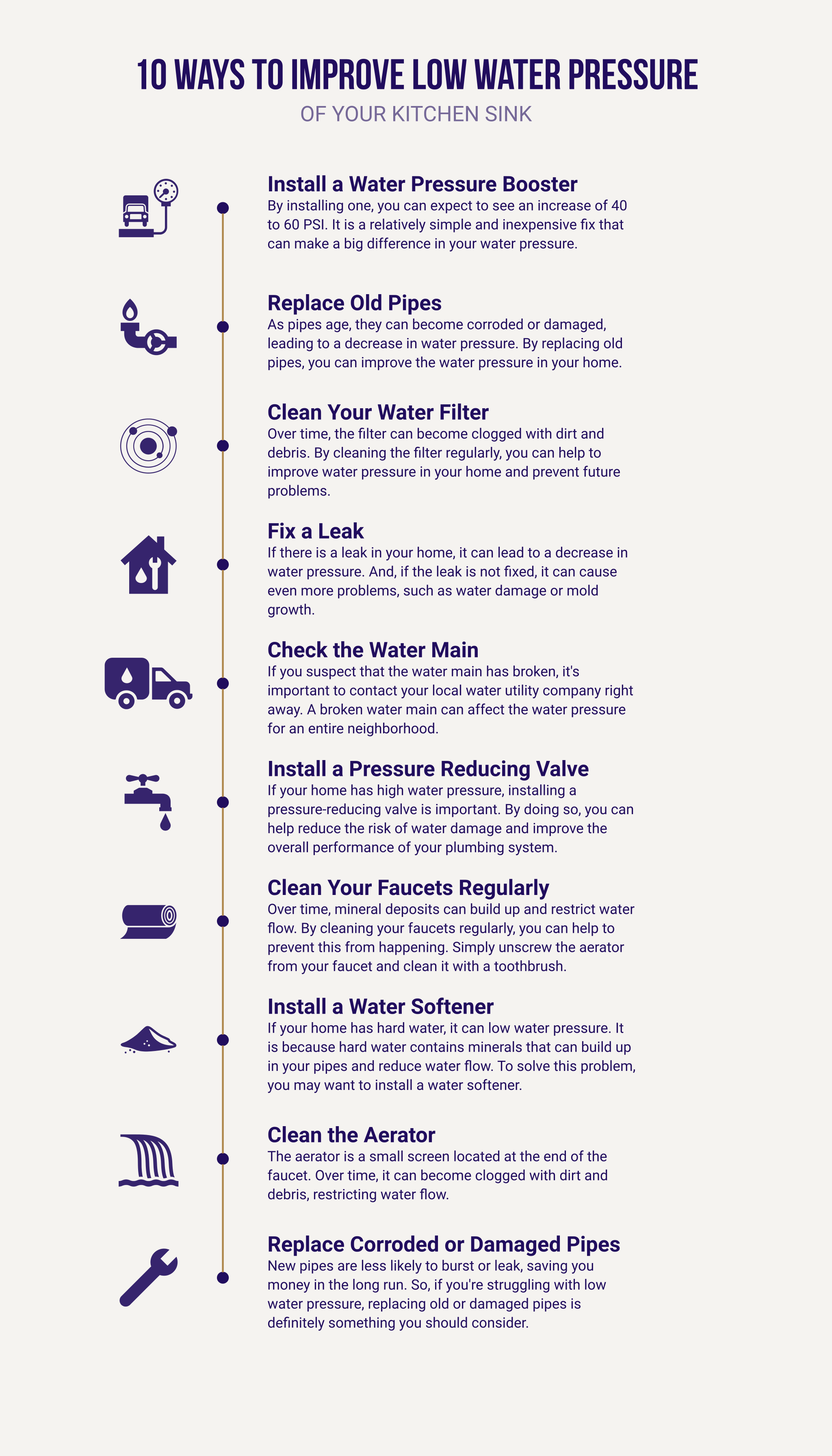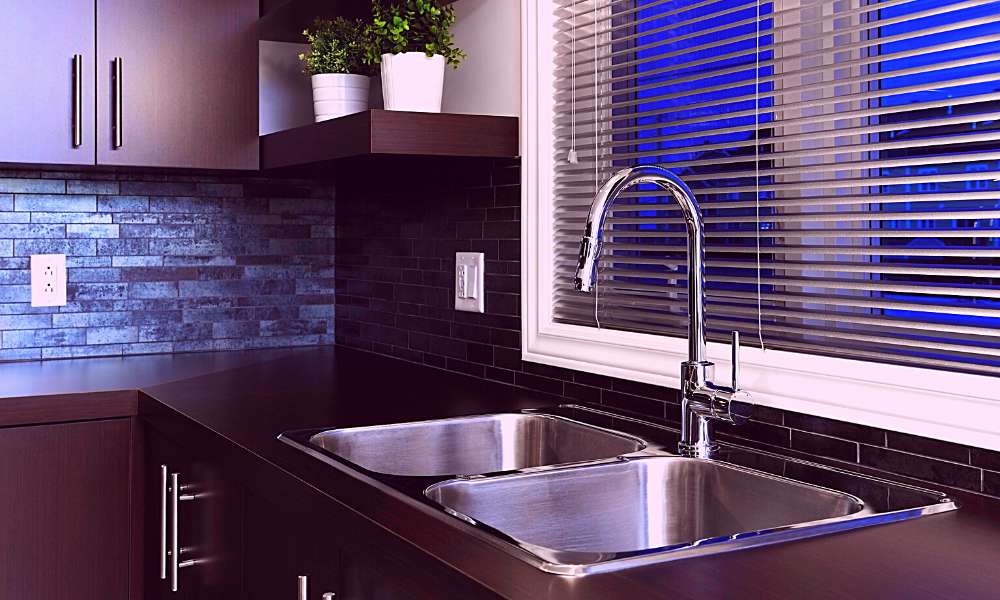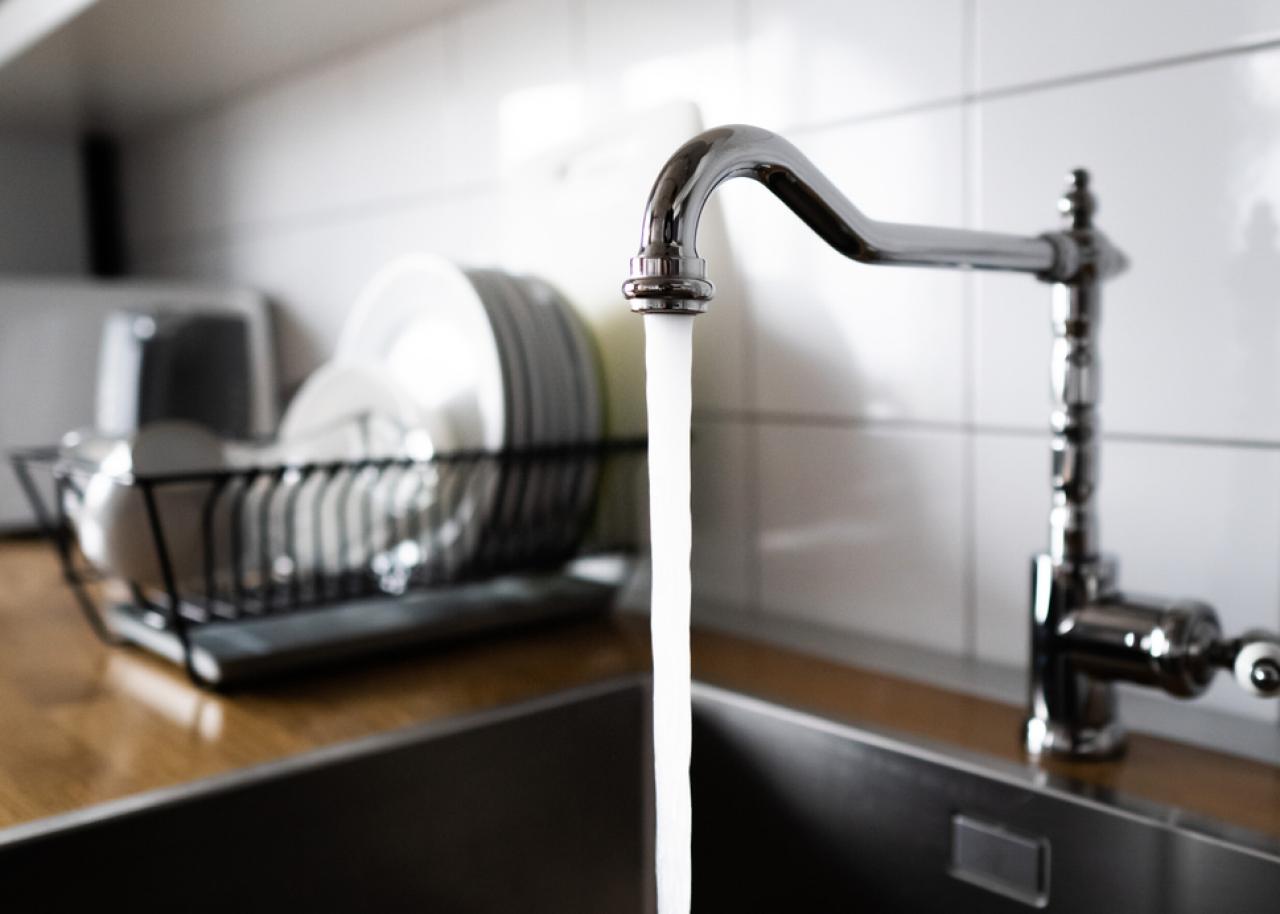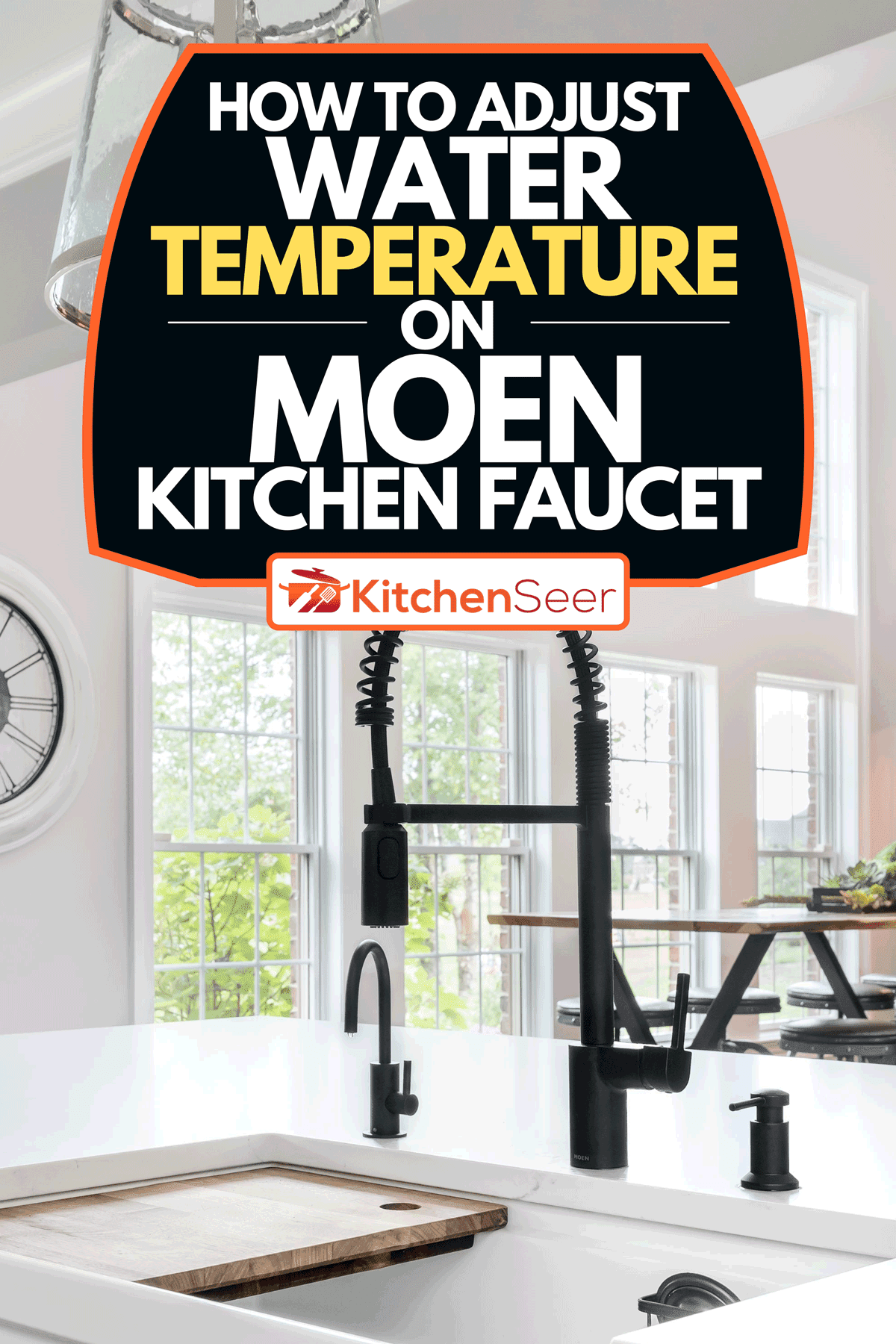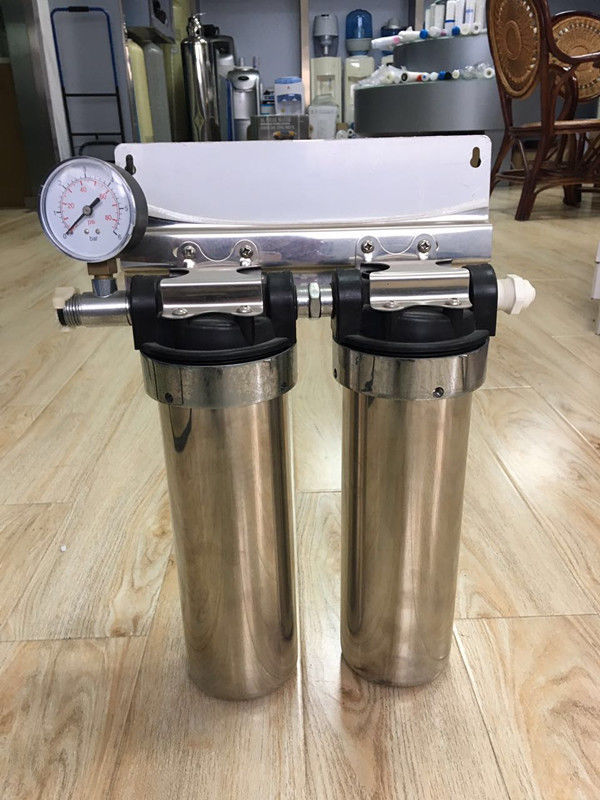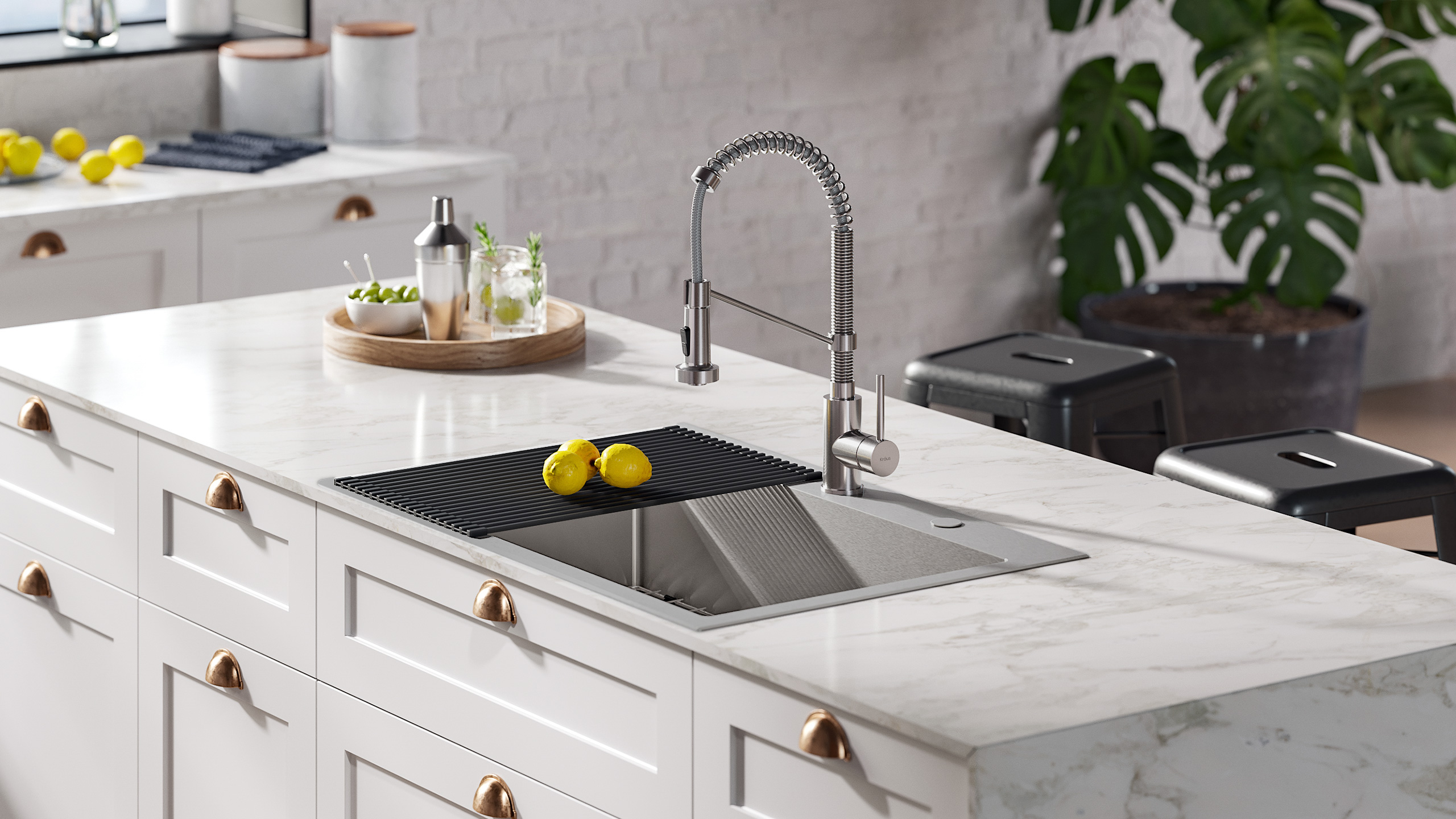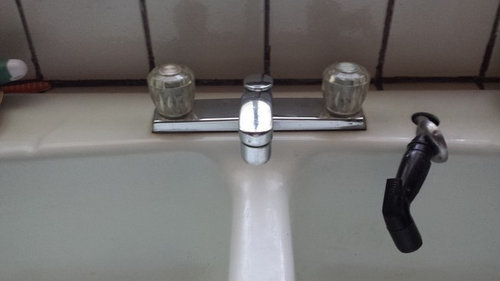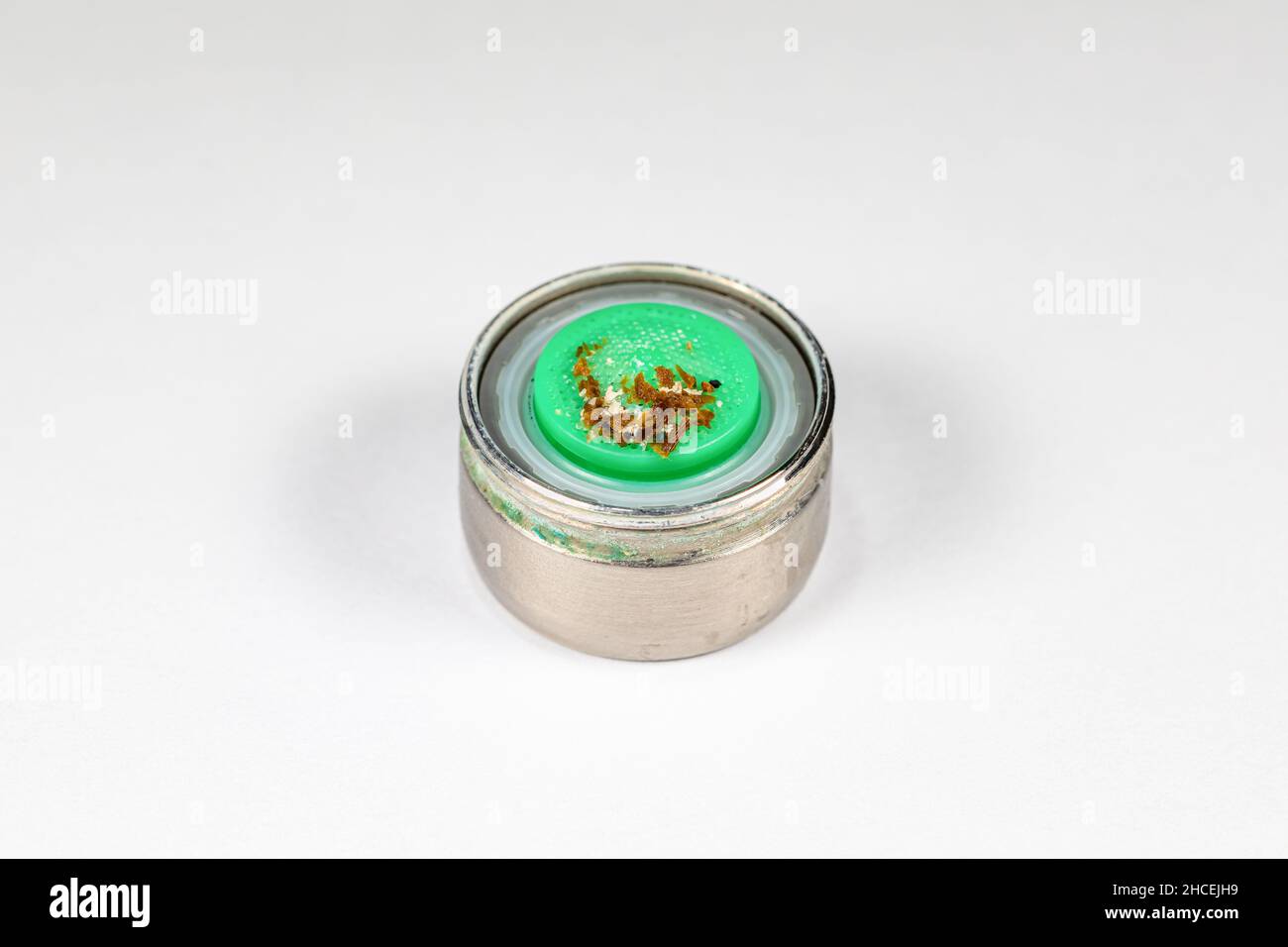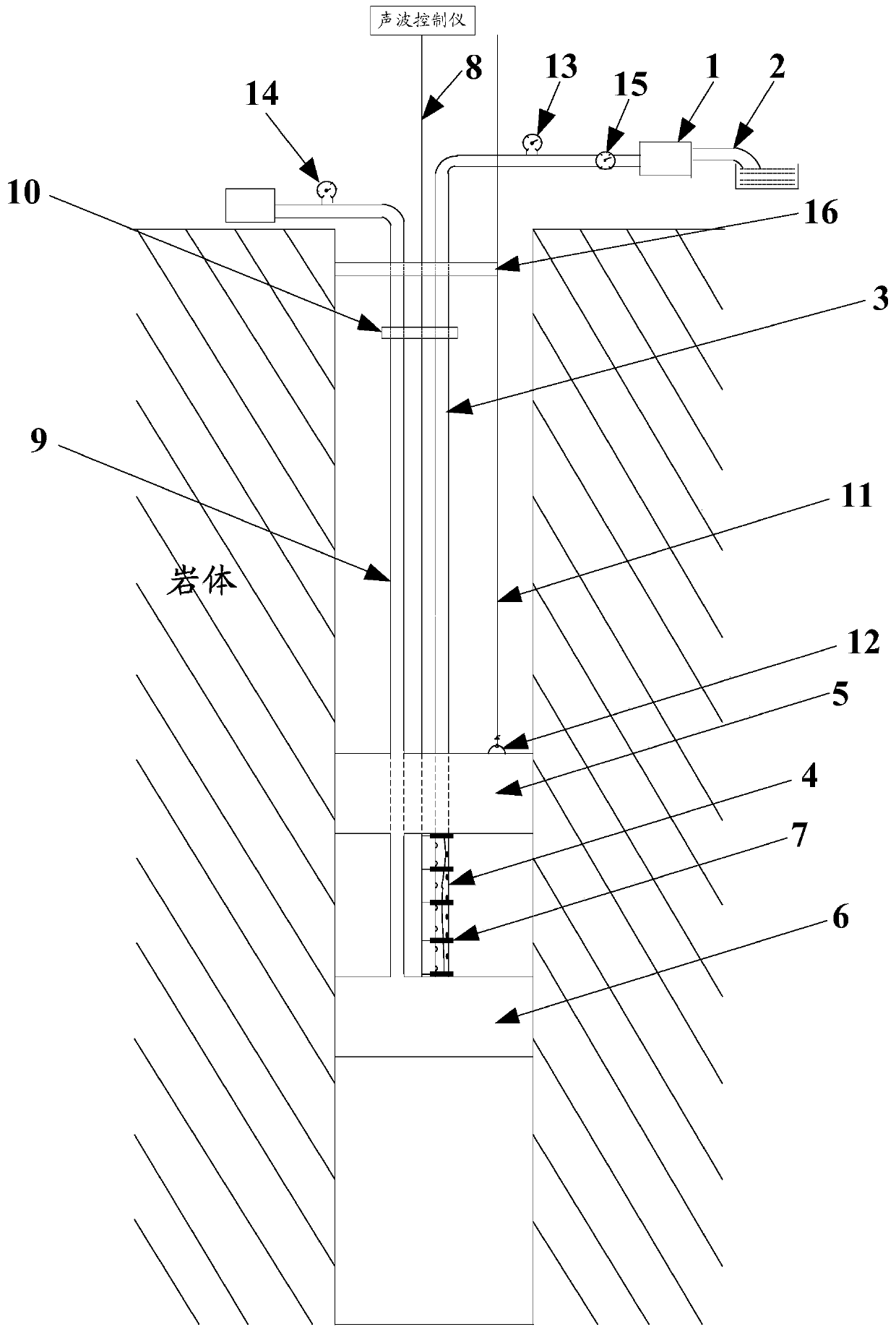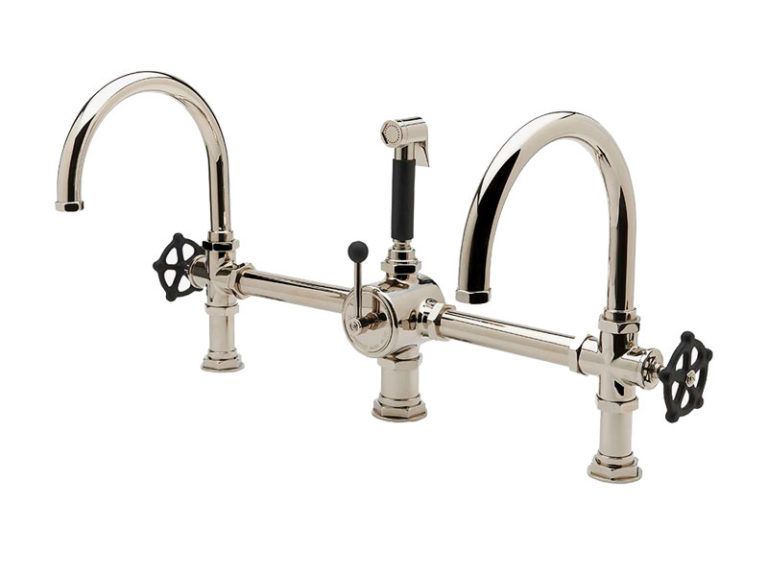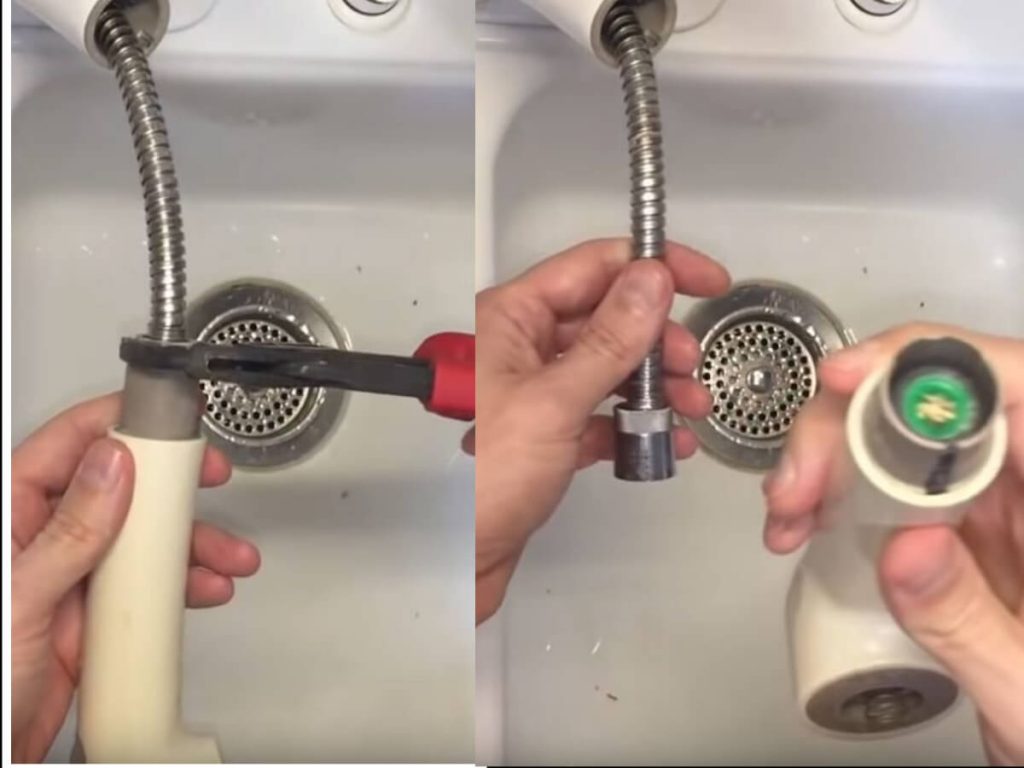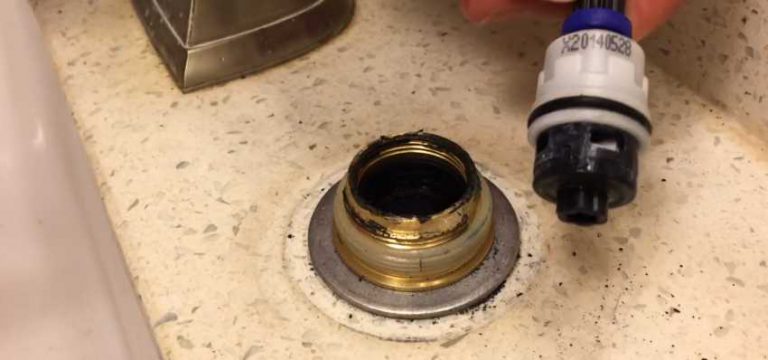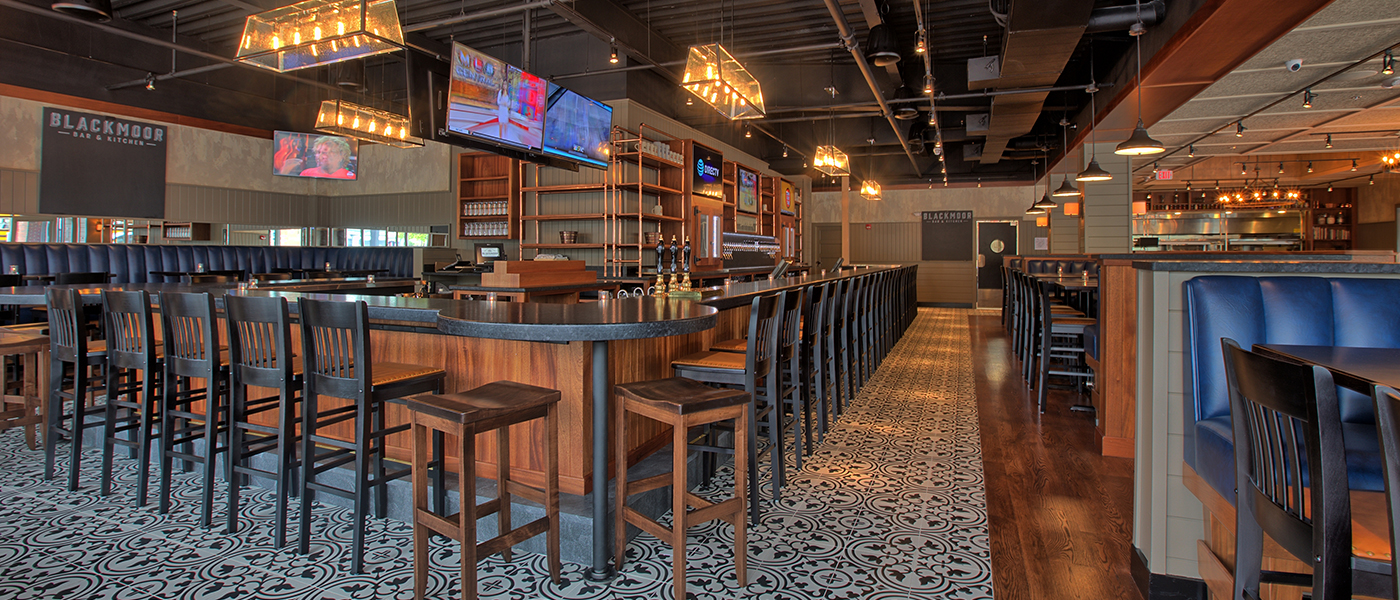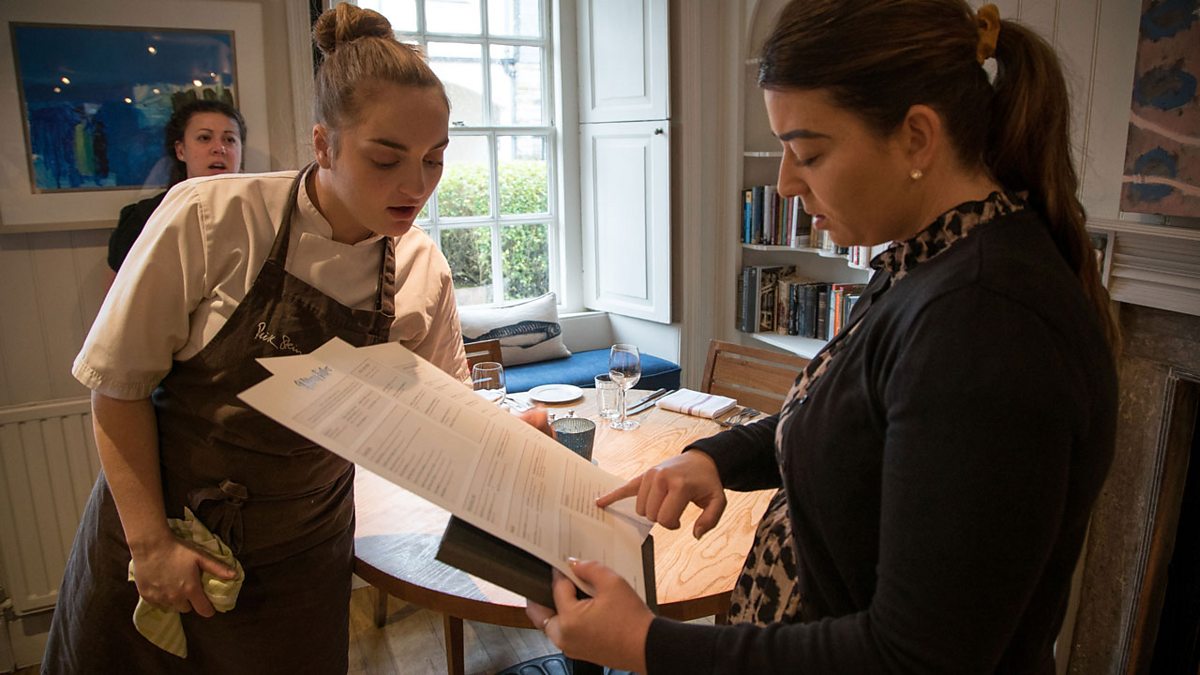Are you struggling with low water pressure in your kitchen sink? This can be a frustrating and inconvenient problem to deal with. Not only does it make it difficult to wash dishes or fill up pots, but it can also be a sign of a larger issue with your plumbing system. In this article, we will discuss the top 10 main changes in water pressure in kitchen sink and how you can fix them.Low Water Pressure in Kitchen Sink
Dealing with low water pressure in your kitchen sink can be a headache, but there are several steps you can take to fix it. The first thing you should do is check the water pressure in other areas of your home, such as your bathroom sink or shower. If the pressure is low in these areas as well, then the problem may be with your main water line. In this case, you will need to contact a professional plumber to fix the issue. If the low water pressure is only affecting your kitchen sink, then the problem may be with the faucet itself. Start by checking the aerator, which is the small mesh cover at the end of the faucet. It can often become clogged with debris, causing a decrease in water pressure. Simply unscrew the aerator, clean it out, and screw it back on to see if this fixes the issue. If the aerator is not the problem, then the issue may be with the water supply valves under your sink. Make sure they are fully open and not partially closed, which can restrict water flow. If the valves are open and the problem persists, it may be time to replace them.How to Fix Low Water Pressure in Kitchen Sink
There are several potential causes of low water pressure in your kitchen sink. One common issue is a clogged or dirty aerator, as mentioned before. However, other factors can also contribute to low water pressure, such as a leak in the main water line, a faulty pressure regulator, or a blockage in the plumbing pipes. Another possible cause is old or corroded pipes. Over time, pipes can become worn and develop buildup, which can restrict water flow. If you live in an older home, it may be worth having a professional plumber inspect your pipes to see if they need to be replaced.Causes of Low Water Pressure in Kitchen Sink
If you have determined that the cause of low water pressure in your kitchen sink is a clogged aerator, you can easily increase the water pressure by cleaning or replacing it. However, if the issue is more complex, there are a few other steps you can take to increase the water pressure. One option is to install a water pressure booster, which is a device that helps increase the water pressure in your home. You can also try adjusting the pressure regulator, which is usually located near the main water shut-off valve. If these solutions do not work, it may be time to call a professional plumber for assistance.Increase Water Pressure in Kitchen Sink
If you have a pressure regulator installed in your home, you may be able to adjust it to increase the water pressure in your kitchen sink. This device is responsible for regulating the pressure of water coming into your home, and it can be adjusted using a screwdriver. Before attempting to adjust the pressure regulator, make sure to turn off the water supply to your home. Then, locate the regulator and use a screwdriver to turn the adjustment screw in a clockwise direction. This will increase the water pressure. Test the pressure in your kitchen sink after making the adjustment to see if it has improved.How to Adjust Water Pressure in Kitchen Sink
A sudden drop in water pressure in your kitchen sink can be a cause for concern. It can be a sign of a leak or a blockage in the plumbing system. If you notice a sudden change in water pressure, it is important to address it promptly to prevent further damage. One possible solution is to flush out the pipes by turning on all the faucets in your home for a few minutes. This can help clear any blockages and restore water pressure. If this does not work, it may be best to call a professional plumber for assistance.Water Pressure Drop in Kitchen Sink
If you are experiencing a water pressure problem in your kitchen sink, you are not alone. This is a common issue that many homeowners face. However, it is important to address the problem as soon as possible to prevent any potential damage to your plumbing system. By following the steps outlined in this article, you can troubleshoot and fix low water pressure in your kitchen sink. If the problem persists, do not hesitate to seek help from a professional plumber who can diagnose and resolve the issue.Kitchen Sink Water Pressure Problem
Have you noticed your water pressure fluctuating in your kitchen sink? This can be a frustrating and perplexing issue, as the cause may not always be obvious. However, there are a few potential reasons for water pressure fluctuations that you can look into. One possible cause is a faulty pressure regulator or a worn out water pump. If this is the case, you may need to have these components replaced. Another potential cause is a blockage in the plumbing system, which can be cleared by flushing out the pipes. If the problem persists, it is best to consult a professional plumber for assistance.Water Pressure Fluctuations in Kitchen Sink
The water pressure regulator is an important component in your plumbing system that helps maintain a consistent and safe water pressure in your home. If the regulator is not working properly, it can cause issues such as low water pressure in your kitchen sink. If you suspect the pressure regulator is the problem, you can try adjusting it as mentioned earlier. If this does not work, you may need to have it replaced by a professional plumber. It is important to have a functioning water pressure regulator to ensure the safety and efficiency of your plumbing system.Kitchen Sink Water Pressure Regulator
If you are experiencing low water pressure in your kitchen sink, there are several steps you can take to troubleshoot the issue. As mentioned before, start by checking the water pressure in other areas of your home to determine if the problem is isolated to your kitchen sink or if it is a larger issue. If the low pressure is only affecting your kitchen sink, try cleaning the aerator, adjusting the pressure regulator, or checking for any blockages in the pipes. If these solutions do not work, it may be best to call a professional plumber who can diagnose and fix the problem. In conclusion, low water pressure in your kitchen sink can be a frustrating and inconvenient problem, but it is not one that cannot be solved. By understanding the potential causes and following the steps outlined in this article, you can fix the issue and restore your kitchen sink's water pressure. If the problem persists, do not hesitate to seek help from a professional plumber.How to Troubleshoot Low Water Pressure in Kitchen Sink
Why Change in Water Pressure in Your Kitchen Sink Can Be a Sign of Bigger House Design Issues
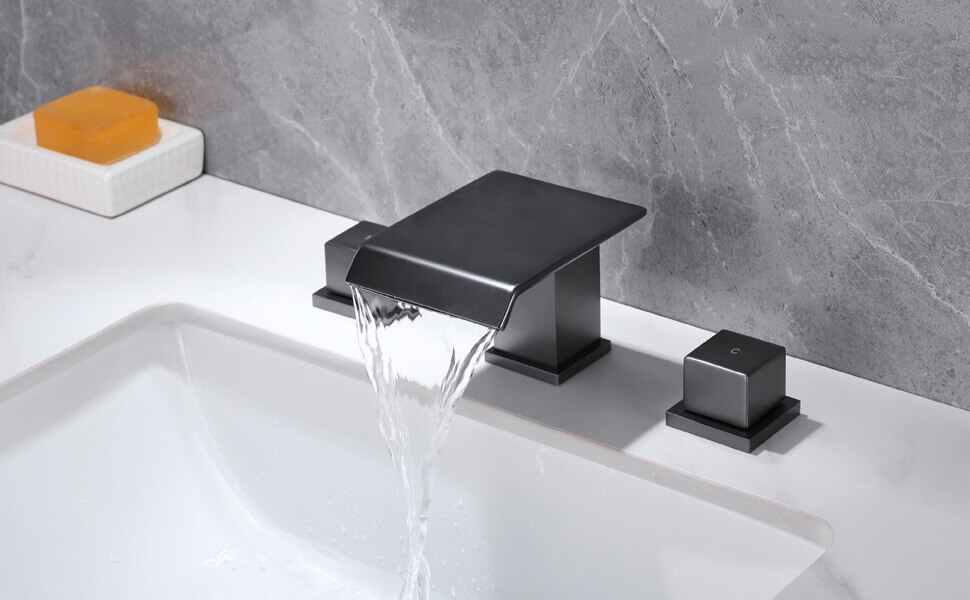
The Importance of Water Pressure in Your Kitchen Sink
 When it comes to a functional and efficient kitchen,
water pressure
plays a crucial role. It determines the speed and force of water flow from your
kitchen sink
faucet, which is essential for tasks like washing dishes, filling pots, and cleaning fruits and vegetables.
Inadequate water pressure
can significantly impact your daily routine and make simple tasks more time-consuming and frustrating. That's why it's essential to pay attention to any changes in water pressure in your kitchen sink.
When it comes to a functional and efficient kitchen,
water pressure
plays a crucial role. It determines the speed and force of water flow from your
kitchen sink
faucet, which is essential for tasks like washing dishes, filling pots, and cleaning fruits and vegetables.
Inadequate water pressure
can significantly impact your daily routine and make simple tasks more time-consuming and frustrating. That's why it's essential to pay attention to any changes in water pressure in your kitchen sink.
The Possible Causes of Change in Water Pressure
 Changing water pressure
in your kitchen sink can be a sign of bigger house design issues. It could be caused by various factors, such as clogged
water pipes
,
leaky faucets
, or a
faulty water pressure regulator
. These issues can affect not only your kitchen sink but also other areas of your house, including your bathroom and laundry room. Ignoring the problem can lead to further damage and costly repairs down the line.
Changing water pressure
in your kitchen sink can be a sign of bigger house design issues. It could be caused by various factors, such as clogged
water pipes
,
leaky faucets
, or a
faulty water pressure regulator
. These issues can affect not only your kitchen sink but also other areas of your house, including your bathroom and laundry room. Ignoring the problem can lead to further damage and costly repairs down the line.
The Impact of Poor Water Pressure on Your House Design
 Aside from the inconvenience and frustration, a change in water pressure can also indicate underlying issues with your house design. For instance,
clogged pipes
can be a result of improper installation or a buildup of debris over time. This can put added strain on your plumbing system and affect the overall functionality of your house.
Leaky faucets
can also be a sign of deteriorating
fixtures
, which can lead to water wastage and potential water damage to your house's structure.
Aside from the inconvenience and frustration, a change in water pressure can also indicate underlying issues with your house design. For instance,
clogged pipes
can be a result of improper installation or a buildup of debris over time. This can put added strain on your plumbing system and affect the overall functionality of your house.
Leaky faucets
can also be a sign of deteriorating
fixtures
, which can lead to water wastage and potential water damage to your house's structure.
The Importance of Addressing the Issue
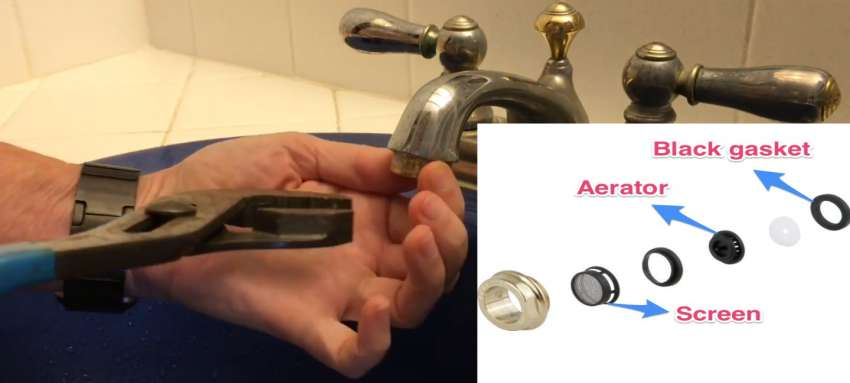 If you notice a change in water pressure in your kitchen sink, it's crucial to address the issue promptly. Ignoring it can lead to potential health hazards, such as
mold growth
and
water contamination
. It can also affect the resale value of your house and cause inconvenience for potential buyers. By addressing the issue early on, you can prevent further damage and ensure the safety and functionality of your house design.
In conclusion,
water pressure
in your kitchen sink is an essential aspect of your house design that should not be overlooked. Any changes in water pressure can indicate underlying issues that require prompt attention. By understanding the potential causes and impacts of poor water pressure, you can take the necessary steps to maintain a functional and efficient kitchen and ensure the overall health and safety of your house.
If you notice a change in water pressure in your kitchen sink, it's crucial to address the issue promptly. Ignoring it can lead to potential health hazards, such as
mold growth
and
water contamination
. It can also affect the resale value of your house and cause inconvenience for potential buyers. By addressing the issue early on, you can prevent further damage and ensure the safety and functionality of your house design.
In conclusion,
water pressure
in your kitchen sink is an essential aspect of your house design that should not be overlooked. Any changes in water pressure can indicate underlying issues that require prompt attention. By understanding the potential causes and impacts of poor water pressure, you can take the necessary steps to maintain a functional and efficient kitchen and ensure the overall health and safety of your house.


















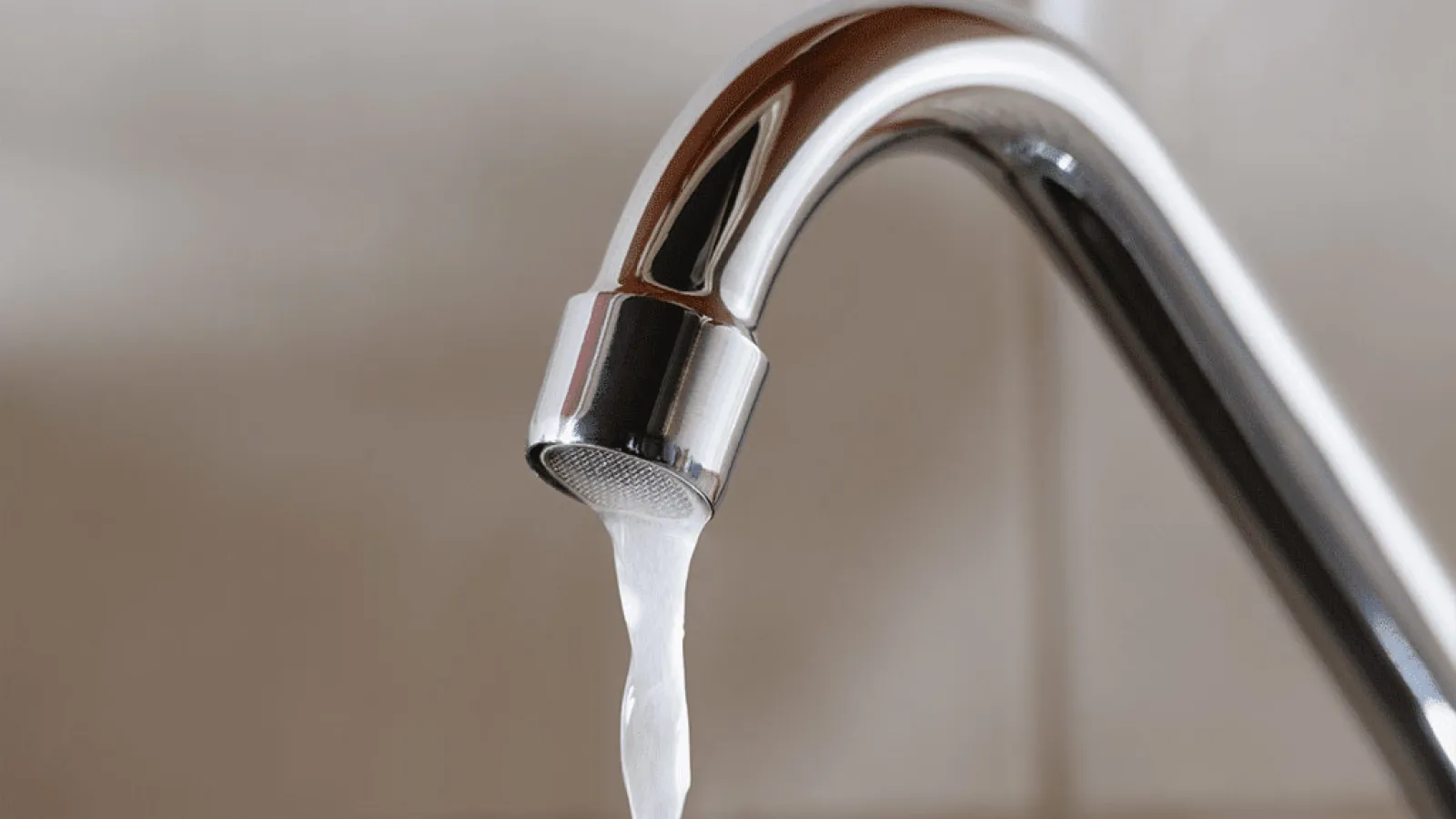






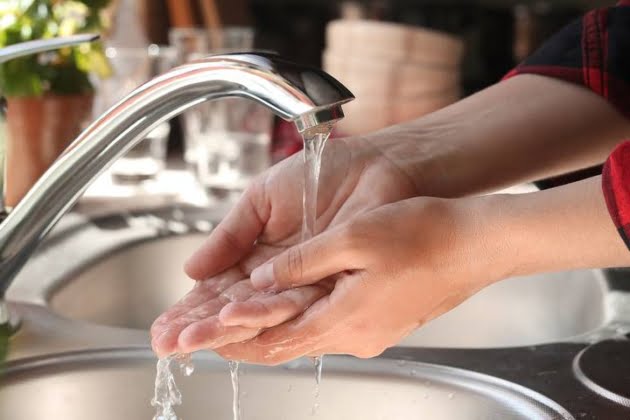


_.jpg)



